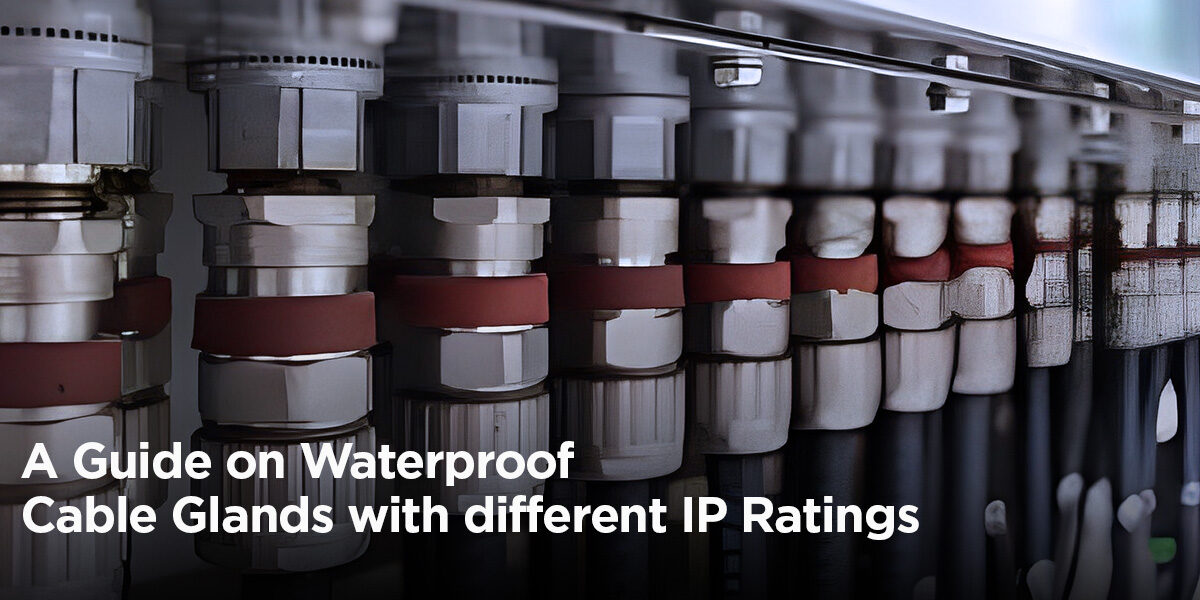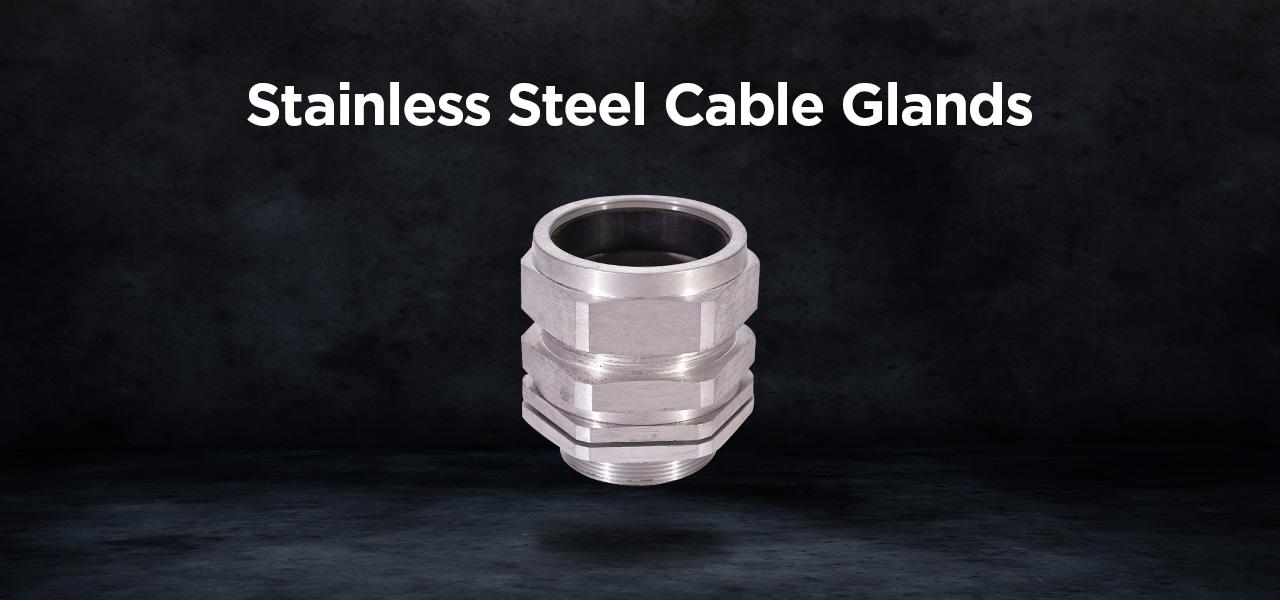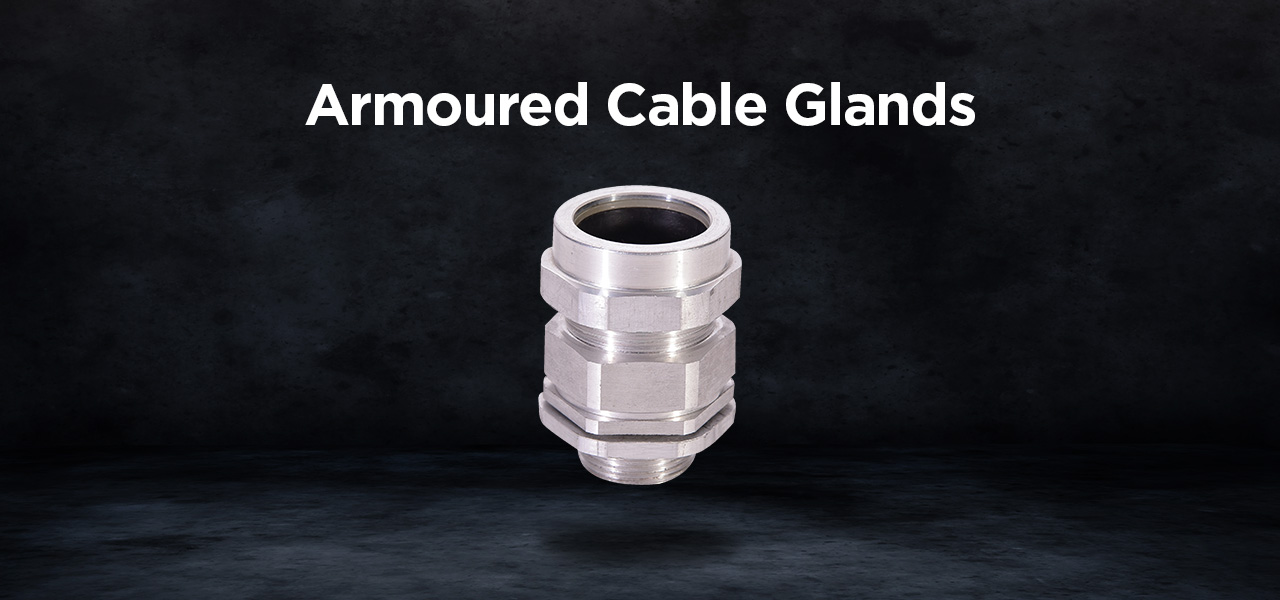When it comes to protecting electrical systems from water, dust, and other environmental factors, waterproof cable glands play a pivotal role. As integral components in ensuring the safety and efficiency of electrical installations, choosing the right cable gland with the appropriate Ingress Protection (IP) rating is crucial. This guide provides a comprehensive overview of IP ratings and how to select the right waterproof cable gland for your application, ensuring optimal performance and longevity.
IP ratings, or Ingress Protection ratings, are defined by international standard EN 60529 and are used to specify the level of protection an enclosure offers against access to hazardous parts, ingress of solid objects, and water. The rating consists of two digits: the first digit represents protection against solids, and the second digit indicates protection against liquids.
| IP Code | Protection Against Solids | Protection Against Liquids |
|---|---|---|
| IP65 | Dust tight | Water jets |
| IP66 | Dust tight | Powerful water jets |
| IP67 | Dust tight | Immersion up to 1m |
| IP68 | Dust tight | Long-term immersion |
The most common IP ratings for cable glands used in wet or dusty environments are IP65, IP66, IP67, and IP68. IP65-rated glands are ideal for general outdoor protection against dust and low-pressure water jets. IP66 glands offer protection against powerful water jets and heavy seas, making them suitable for more demanding conditions. IP67 glands provide protection in temporary submersion environments, such as during flooding. IP68 glands are for continuous underwater usage, suitable for installations where the cable gland will be permanently submerged.
Selecting the right IP rating for your cable gland depends largely on the environment in which it will be used. For outdoor applications like exposure to rain or garden irrigation, IP65 is sufficient. For more exposed areas where water jets or sea spray is a concern, IP66 is recommended. In areas prone to flooding or where temporary immersion may occur, IP67 is ideal. For underwater applications, such as in marine or submerged pipelines, IP68 is necessary. Consider the most extreme conditions the installation might face to ensure adequate protection.
Beyond the IP rating, other factors to consider include the cable size and type, material selection, and thread type. Cable size and type influence the gland selection to ensure a tight seal and adequate strain relief. Material choice, such as brass, stainless steel, or polymer, depends on environmental factors like corrosion potential and temperature extremes. The thread type, whether metric, NPT, or another standard, must match the enclosure and fittings for a secure installation.
When installing waterproof cable glands, several practical tips can enhance their effectiveness and ensure long-term reliability. Firstly, always ensure that the surface on which the gland will be mounted is clean and smooth. Any debris or imperfections can compromise the seal, reducing the IP rating’s effectiveness. Secondly, it’s crucial to use suitable sealing and locking mechanisms. These not only prevent water ingress but also protect against accidental loosening due to vibration or environmental changes.
Atlas Metal specialises in providing high-quality waterproof cable glands tailored to meet diverse industry needs. With a focus on reliability and durability, products by Atlas ensure optimal protection for your electrical installations. Whether you are setting up an outdoor infrastructure or a marine project, Atlas Metal offers the expertise and products to safeguard your electrical connections.
Conclusion
Choosing the right waterproof cable gland is essential for protecting your electrical installations against environmental challenges. By understanding IP ratings and considering additional factors such as cable type, material, and thread, you can select a product that meets your specific needs. With Atlas Metal, you have a reliable partner who can provide the expertise and quality products necessary to achieve peace of mind and system integrity in any setting.
Reach out to our team or submit your inquiry for personalised assistance and detailed information about our products.








